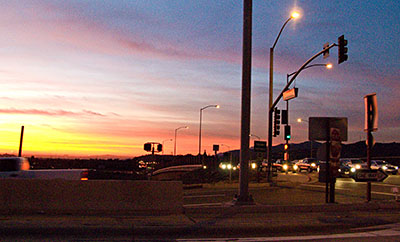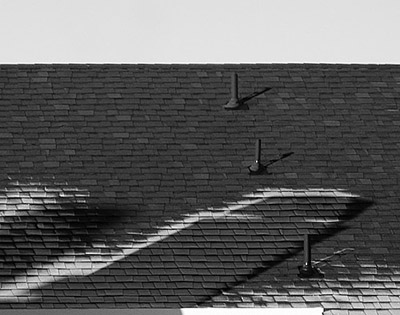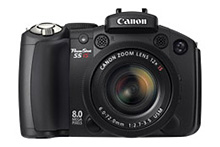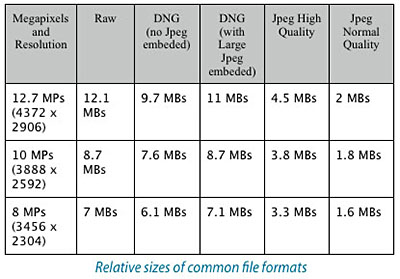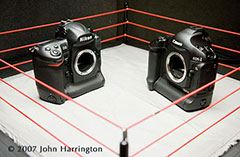![]()
As of Jan. 1, 2008 on U.S. flights, if you pack a spare Li-Ion battery in your carry-on luggage, it has to be in a plastic bag or in the original packaging. Here's the verbiage from the Department of Transportation.
Passengers will no longer be able to pack loose lithium batteries in checked luggage beginning January 1, 2008 once new federal safety rules take effect. The new regulation, designed to reduce the risk of lithium battery fires, will continue to allow lithium batteries in checked baggage if they are installed in electronic devices, or in carry-on baggage if stored in plastic bags. Common consumer electronics such as travel cameras, cell phones, and most laptop computers are still allowed in carry-on and checked luggage. However, the rule limits individuals to bringing only two extended-life spare rechargeable lithium batteries*, such as laptop and professional audio/video/camera equipment lithium batteries in carry-on baggage...
You can find out more by visiting the SafeTravel.dot.gov.
Events! See the TDS Event Calendar for photography workshops, speaking engagements, and trade show appearances.
Technorati Tags: digital photography, Technology, The Digital Story, Li-Ion Battery

